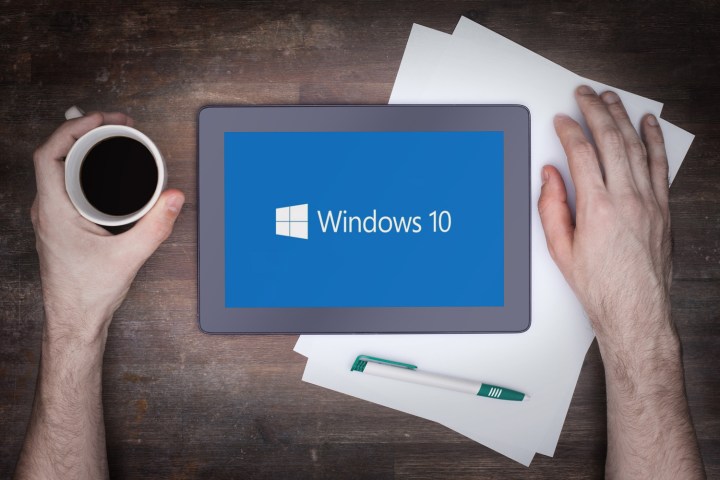
According to Haupter, this version of Windows 10 doesn’t contain a lot of consumer-oriented apps and services, but rather an additional set of security controls and management. The platform is also capable of running Windows-based programs, but that’s all Haupter was allowed to reveal in his interview with Caixin. Thus, this version includes everything the Chinese government needs in an operating system, as indicated by English-based TechInAsia.
Corporate vice president of Microsoft’s Windows and Devices Group Yusuf Mehdi said back in December that Microsoft will maintain ownership of the core Windows 10 technology. Meanwhile, customers and partners will be allowed to develop components that will be allowed to plug into Windows 10. He noted that releases to the public sector usually differ from the technology provided to customers and companies in the global private sector.
Microsoft and CETC began working on this custom version of Windows 10 back in September. It will be made available for the government to purchase, and the joint organization will offer the government support as it continues to use the new platform. Mehdi said that Microsoft will continue to make Windows 10 secure and “sustain our strong privacy standards.”
The joint venture between Microsoft and CETC is called C&M Information Technologies, and is based out of Beijing. It will serve China’s government agencies and state owned enterprises in fields such as energy, transportation, and telecommunications. C&M will be the exclusive licensor of the special Windows 10 image, provide product activation, patch management, and other services. It will also collect feedback to provide services based on specific requirements.
“It’s common for governments to look to specialty technology partner organizations to deploy technology at scale, and this venture signals the possibility for new opportunities for Windows 10 in the many government entities in China,” Mehdi said.
The Chinese government is already using a Linux-based platform called NeoKylin, which it has been funding for years. Created by China Standard Software back in 2010, it’s backed by the National University of Defense Technology and intended for government use including the offices of national defense and energy. The Chinese government is trying to shift computer technology away from foreign suppliers, such as swapping out the Windows platform for the semi-home-grown NeoKylin.
The South China Morning Post reported back in September 2015 that more than 40-percent of Dell’s computers in China are running NeoKylin. Dell is the first Western brand to make this platform available on its computers. However, the Chinese platform still has a long way to go before it can compete with the likes of Microsoft’s Windows 7 and Windows XP, which still dominate the Chinese desktop computer market.
Despite China’s current use of NeoKylin, Microsoft boasts that Windows 10 is its most secure platform to date, and packs plenty of features that make it ideal for government use such as Windows Passport, Credential Guard, and the built-in Windows Defender client. Microsoft’s Mandy Tidwell talks more about how Windows 10 protects governments in a blog here.
Updated 2:11PM: A Microsoft representative reached to inform us that the Chinese edition is not quite finished, as was indicated in the original text.
Editors' Recommendations
- Windows 11 vs. Windows 10: finally time to upgrade?
- The best Windows 10 keyboard shortcuts
- ChatGPT can now generate working Windows 11 keys for free
- Top 10 Windows shortcuts everyone should know
- After 10 years of headaches, I’m finally a believer in Windows on ARM


